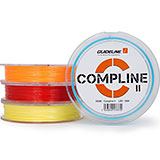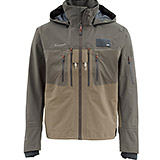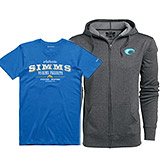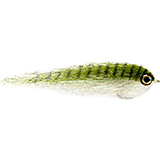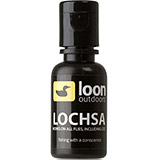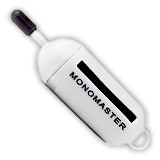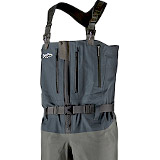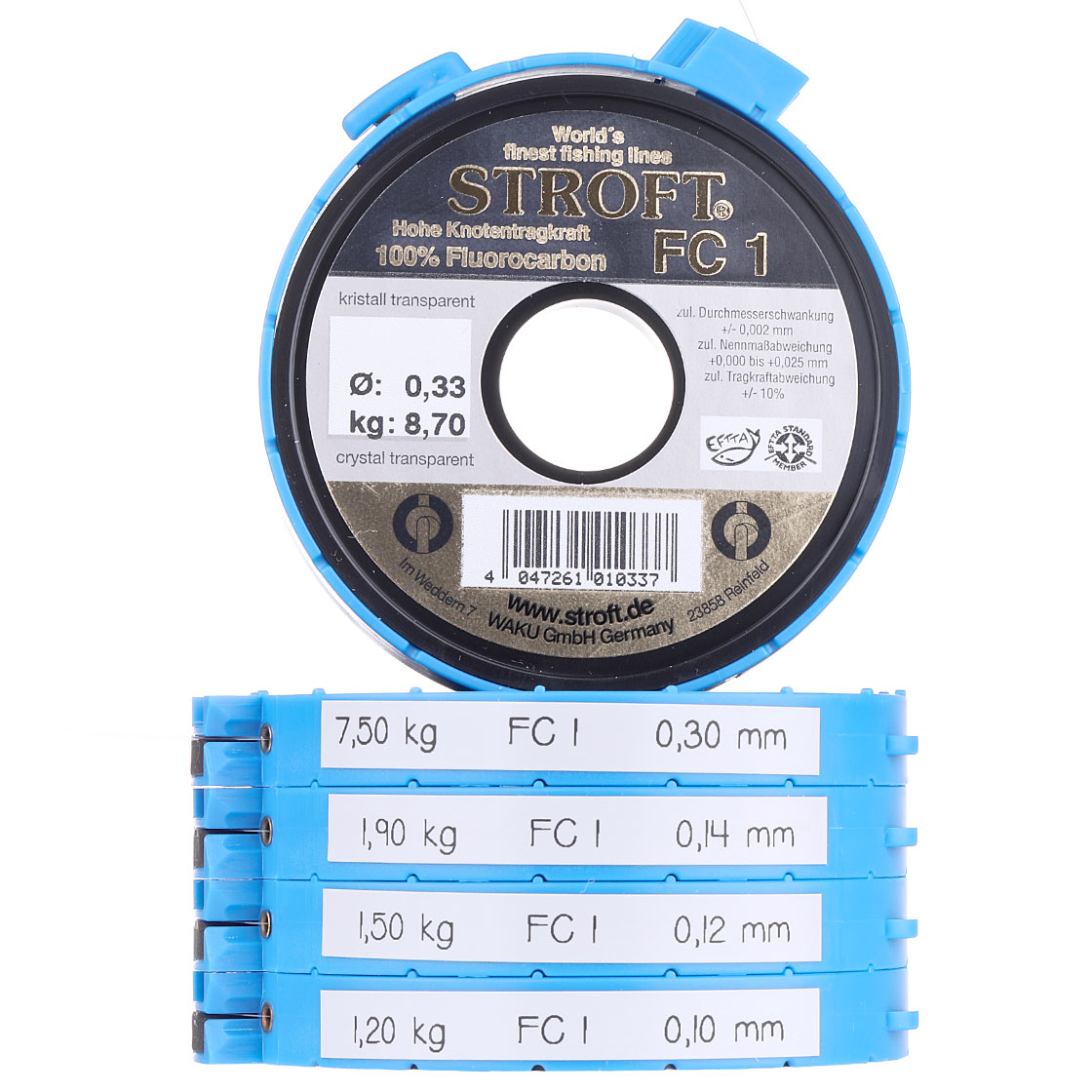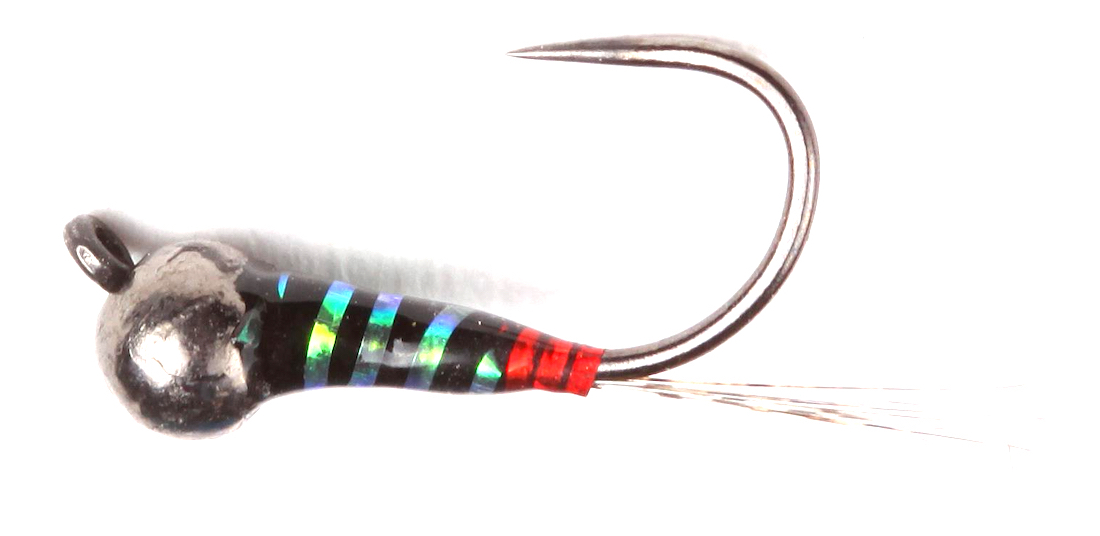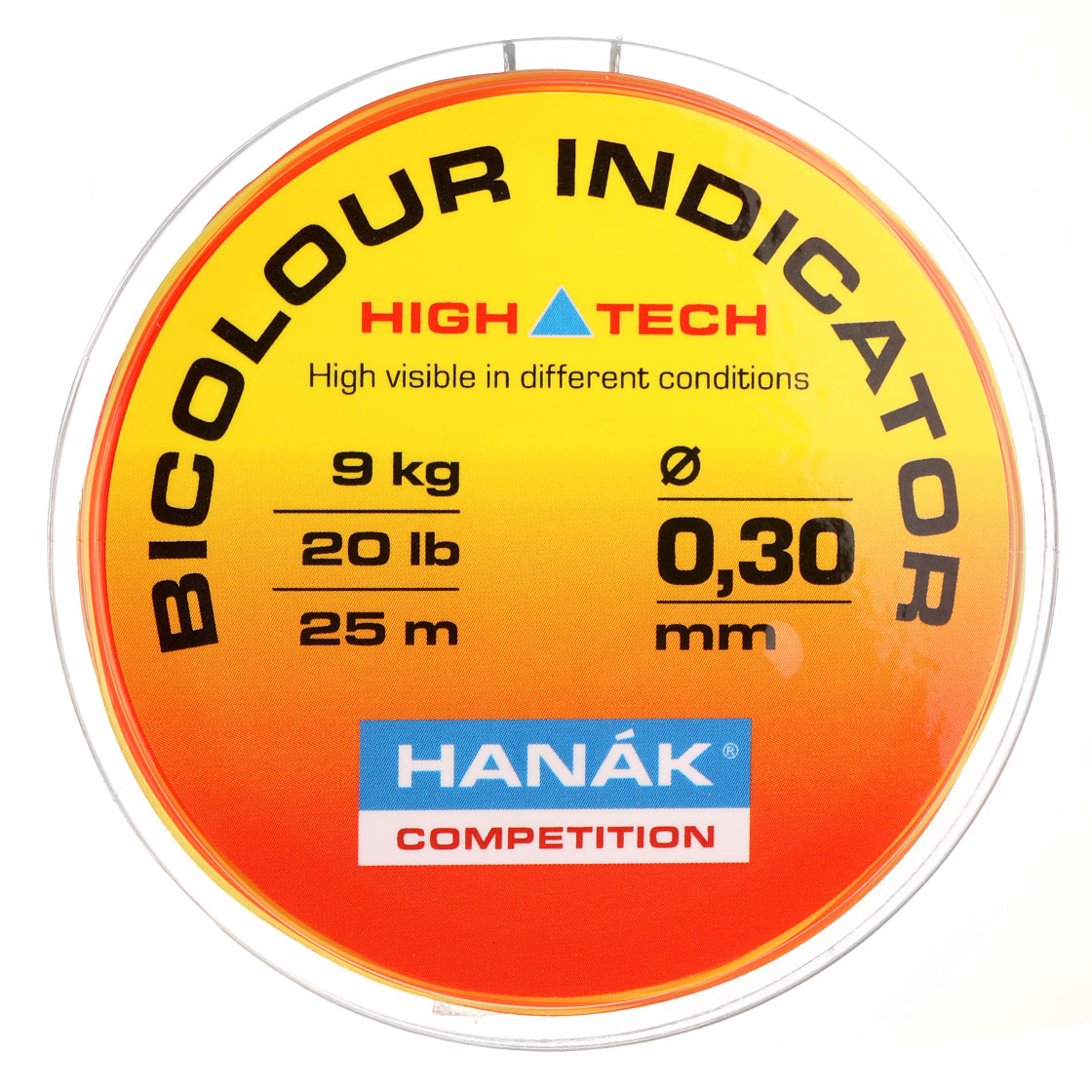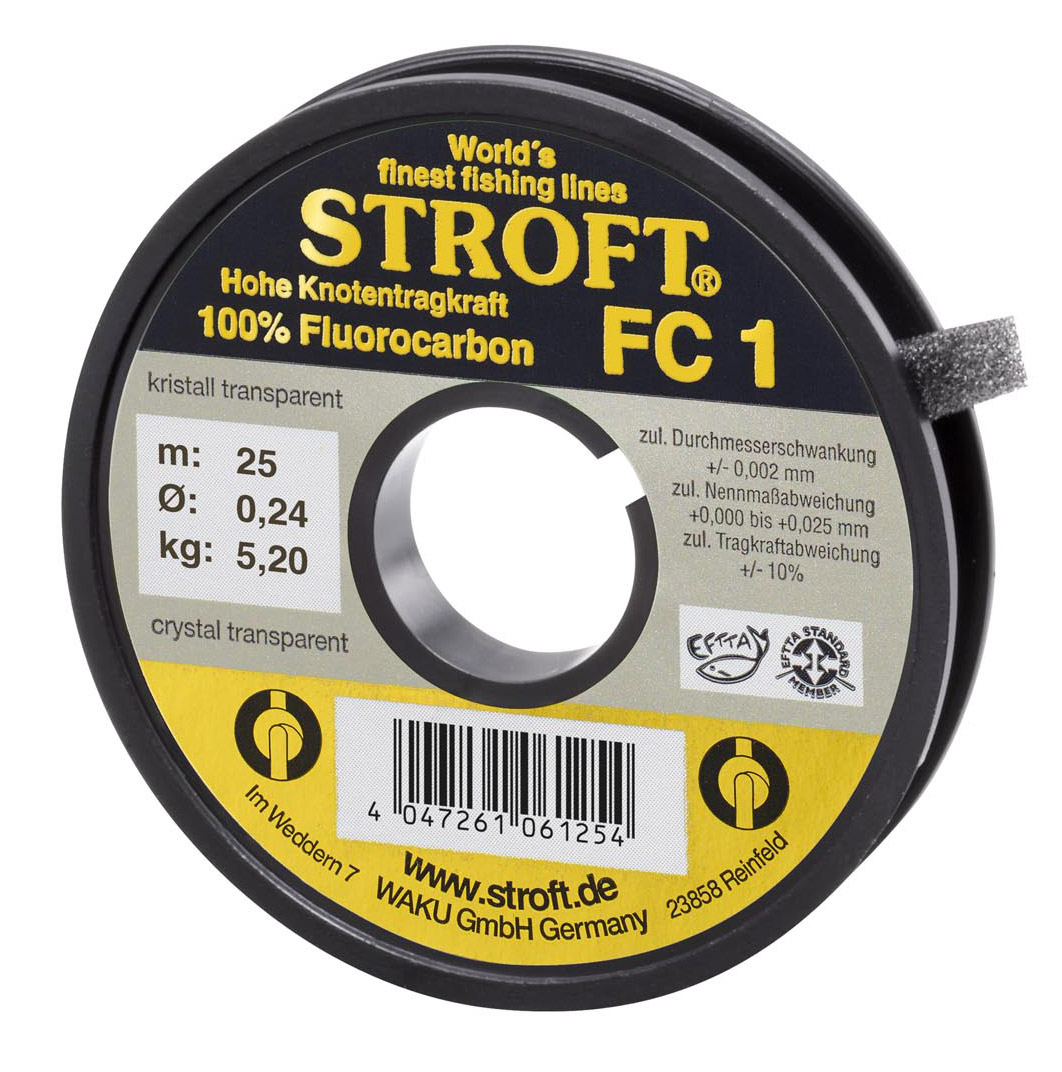Euro Nymphing - Sight Fishing for Trout
Sight fishing with the nymph! Mega exciting and challenging. Because unlike with a dry fly, it is more difficult to tell how the fish reacts to our presentation. In this video we take you to a crystal clear trout river in Spain and explain how we sight fish with a Euro Nymphing setup. Have fun with our tips & tricks and enjoy nymphing!
Sight fishing means watching the fish as it actively feeds. We fly fishers experience this quite often with trout or grayling, which show themselves by rings on the surface and signal us with their 'rise' that the time for a dry fly has come.
Sight fishing with a dry fly
From this point on, it is not particularly difficult to convince the rising fish of our pattern. Because all the information is there for us on the table: We know where the fish is, the routine with which it rises to the surface and, with a keen eye and a basic knowledge of 'entymology', we can easily identify which insect (species, size, colour) it is particularly interested in.

A good selection of nymphs in different sizes and weights is paramount to adapt to different water conditions.
Armed with this valuable info, we can choose the right pattern from our box, find a proper place to cast and present our fly - upstream or downstream.
The best thing about this dry fly sight fishing is that we get immediate feedback from the fish. We see how it reacts to our presentation and can make appropriate changes if necessary. For example, if our drift was neatly performed but the pattern was spurned. Or if our fly did not drift naturally enough with the current. This 'dragging' of the fly is usually caused by the fly line and/or leader drifting at a different current speed and thus negatively influencing (or better: accelerating) the fly unnaturally at the end of the tippet.
The real challenge when fishing with a dry fly is to be critical of one's own presentations and to make small adjustments if necessary. This includes changing the pattern or optimising the drift of the dry fly. A helpful reference point in this context are possible small bubbles on the water surface, which not only indicate in which 'lane' a lot of food is drifting away, but also in which speed a fly should be presented.
Sight fishing with a nymph
In the vast majority of situations, however, trout take their food below the water surface. This means that the nymph is usually the 'better' or 'more effective' choice for us fly fishers. Perhaps this is why nymph fishing is so popular!
On most waters, however, fishing with a nymph also means that you have to actively search for the fish. This is because many streams and rivers are not clear enough to spot trout or grayling close to the bottom or are so deep that an unspoilt view down to the bottom of the water in the run or pool is not possible.
This is why it is mostly a matter of: Reading the water, identifying possible spots and searching for a trout feeding with many drifts and a lot of patience.

Clear, shallow water. Ideal conditions for sight fishing with the nymph.
Yet sometimes you are also lucky! For example, when the river is at low water, extremely clear, or when a fish has taken up residence in the shallower part of the river. And that's exactly when you can experience extremely exciting and challenging sight fishing with the nymph - just like we did in Spain.
4 Tips for Euro Nymphing on Sight
You can present a nymph in many different ways. The 'classic' way is to use a strike indicator in the upstream direction. With this presentation, however, there is a risk that the flying line or indicator on the water surface will scare the fish away. Especially when the fish is in shallow water and feeds along the bank.
This is why in many situations we go for a Euro Nymphing style presentation. Because here, neither a flying line nor a floating indicator lands on the water and causes possible trouble.

Highly effective at sight too - Euro Nymphing
Tip 1: Polarized glasses with yellow lenses!
Once we have decided on the presentation with a Euro Nymph setup, the first thing is to find the fish. A great tool for this is a pair of polarised sunglasses with the right lenses. With their help we minimise the reflections of the sun on the surface and can look much deeper into the water. With a pair of polarised glasses we can spot the fish more easily and monitor its reactions to our presentation better. A yellow lens is usually the best choice for us here. This is because this colour brightens up the surroundings and offers an extremely good contrast. In short: no sight fishing without polarised glasses!

With a yellow, polarized lense, spotting fish is made much easier, especially in changing light conditions.
Tip 2: Carefully move in from behind!
We move cautiously upstream in search of a fish. Thanks to a better angle, 'spotting' is much easier from the higher bank. But it is also possible to find fish from the water with an open eye. However, there is a risk that the fish will be alerted early by our movements while wading and working against the current. Therefore, slow movements and careful steps are essential. In general, it is advantageous to approach the fish from behind. This is because a trout's field of vision is mainly directed forwards and to the sides. Even a shadow can be enough to make a trout escape. Therefore, always check the position of the sun and possibly choose a better location for your presentation.
With a little extra precaution, it is generally possible to get close to the fish. The shorter the distance, the easier the presentation. This is especially true for Euro Nymphing!

To minimize the risk of spooking the fish, always carefully approach from below (downstream).
Tip 3: Lightweight Nymphs!
With a Euro Nymphing setup, we choose the weight of the nymph(s) depending on the water depth and the current speed. In addition, thanks to the sensitive components (fine rod tip, thin, stretched leader) we get a sensible feedback as soon as our nymph bounces over the bottom of the water and makes bottom contact. However, this is exactly what we want to avoid when sight fishing! Because the danger that our nymph 'hangs up' directly in front of the fish (e.g. on a stone, a stick or in an algae growth) and we scare it off is too high.
Basically, we choose our nymph(s) a little lighter. For our fishing in Spain we have turned to small perdigons of hook sizes #14 to #18, with which a variety of different mayflies can be imitated. The special tying method of these typical Spanish nymphs has the advantage that the compact patterns sink well and can therefore also be used in smaller sizes in faster water.

The small Perdigon nymphs sink effectively even in strong currents, thanks for their slim profile.
The rule of thumb for sight fishing with a nymph is: You can still go heavier! Initially, we recommend that the weight of the nymph is chosen to be light. A possible adjustment of size and weight can be made if the fish does not react. And this brings us to the fourth and perhaps most important tip: watch the fish and its behaviour very closely!
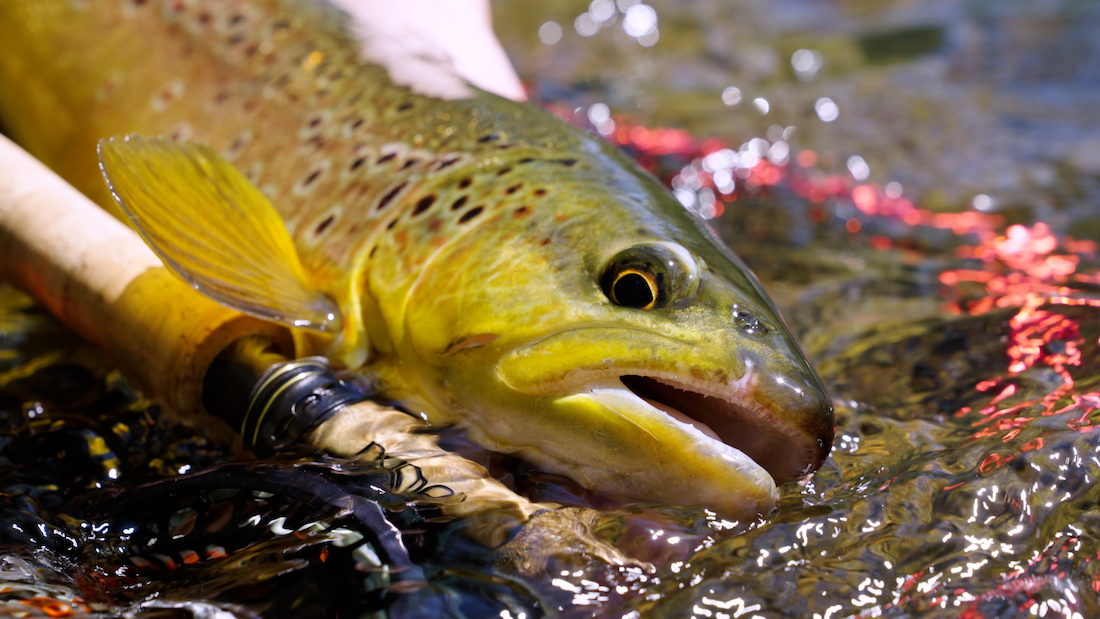
Small nymphs - big fish
Tip 4: Focus on the fish!
It is easy to identify a trout's feeding below the surface with a trained eye: Either its mouth opens (look for the white inside of the mouth!) or it swings out slightly to the side to snatch an adrift insect. And this is exactly why it is also wise to pay attention to the reaction to our presentation.
Usually, when search fishing with a Euro Nymph setup, we concentrate on our sighter and our index finger, which lies on the sensitive rod blank and notices the finest influences on our nymph at the end of the stretched leader. Sight fishing is different! Here we concentrate completely on the fish and its reactions to our presentation. From its behaviour we can tell if our presentation is clean and the chosen pattern attractive. And if not: make changes. Vary the size and weight of the nymph, change the length of the drift and the depth of the presentation.
And that is exactly where Euro Nymphing shows its trump card. For one thing, unlike when fishing with a strike indicator, the fish is hardly ever irritated and we can make a lot of drifts and experiments. And for another, the presentation can be very finely adjusted, e.g. by lengthening or shortening the leader or by a longer or shorter drift. Furthermore, with a Euro Nymphing setup it is very easy to let the nymph rise in front of the fish. By lifting the rod arm slightly, the nymphs are slowly brought to the surface and it is often this impulse that seduces the fish to take the fly.
With these 4 basic tips for Euro Nymphing on sight, you have a very solid starting point for gathering your own experience on the trout river. We wish you lots of fun, excitement and tight lines!
Our Euro Nymph Setup
- Rod: Guideline LPX Nymph #3
- Reel: Guideline Fario 46
- Leader: Euro Nymph Vorfach 0.18 mm
- Tippet: Stroft Fluorocarbon 0.12 mm
- Nymphs: Perdigons von Guideline
- Polarised Glasses: Sunrise Silver Mirror von Costa
















